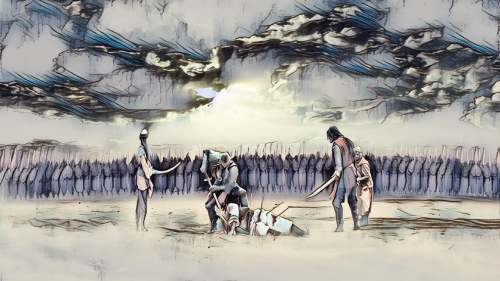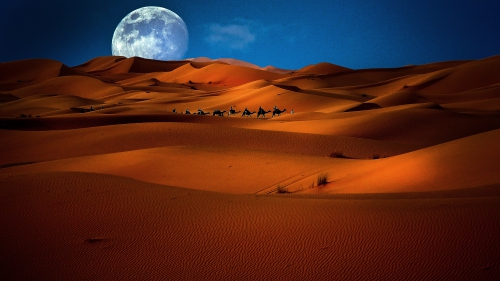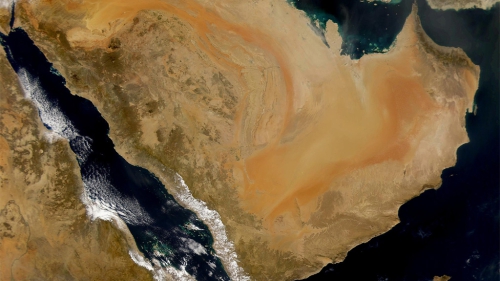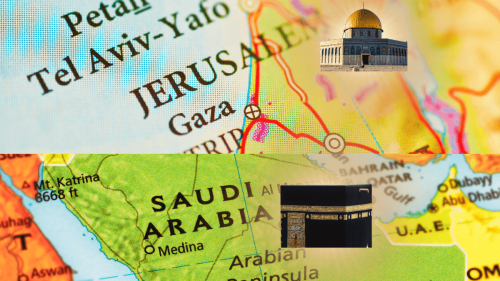How India became a Muslim Empire
The video "How India became a Muslim Empire" discusses the Muslim conquest of India, the establishment of the caliphate, and the rise and fall of various Muslim dynasties in the region. The video also talks about the two battles of Muhammad Bin Qasim, which led to the Delhi sultanate and the Mughal Empire, and emphasizes the importance of being a fair and ethical ruler.
It describes how the Muslims initially defeated the Persian Empire at the Battle of al-Qadia in 636, but faced competition from local tribes and kingdoms. The video then talks about the Muslim merchants who established trade networks throughout the Indian Ocean in the early 700s, and how this led to conflict with local pirates and highwaymen.
The Muslims responded by placing their army on higher ground and waiting for the enemy to attack first, eventually defeating the local army and annexing the province of Sy under the Muslim caliphate. The video then describes the rise and fall of various Muslim dynasties in the region over the next several centuries, as well as the threat posed by new powers from the East such as Mahmud of Gazni and his Turko-Afghan Empire.
The first and second battles of Muhammad Bin Qasim are discussed. The video begins by stating that the two forces, the Delhi Sultanate and the Western Chalukya Empire, eventually met in battle in 1191. During the first battle, Muhammad Bin Qasim launched an attack but was outflanked and surrounded by the Western Chalukya Army. This forced him to retreat, but he managed to get his revenge the following year when he returned to the same battlefield with an army of 120,000 men. Despite initially feigning a retreat, the center unit of the Western Chalukya Army was eventually surrounded, and the Muslims put an end to their empire.
The newly conquered Indian states were left under the command of Muhammad Bin Qasim's general, Abak, and Delhi became the new capital of the sultanate of Delhi. The second section of the video focuses on the Delhi Sultanate and its power consolidation in the lands recently conquered. The Empire expanded little in the early decades, with the sultanate focusing on internal organization and defense from the Mongols. However, the empire would eventually end as a new ruler took the throne of the Delhi sultanate and the empire began to decline.
The Mughal Empire in India, which began in 1526 when Babur defeated the last remnants of the Delhi Sultanate. The empire was ruled by a series of sultans, with the sixth and final being Alren Gear. The empire expanded rapidly and rapidly, becoming one of the largest in the world at its peak. However, the empire eventually fell and was replaced by a new empire, the end of the Mughal Empire marked the beginning of a new era in Indian history.
Topics: History, India, Indian Muslims, Mughal Empire
Views: 930
Related Suggestions

















